Blog>Expert Advice>Buying guide: Helping you to choose the best bathroom extractor fan
Last updated: 5 December 2024
Buying guide: Helping you to choose the best bathroom extractor fan
Keep your bathroom free of condensation and damp with the right choice of extractor fan. Learn about types, features to look for, and costs in our complete bathroom extractor fan buying guide.
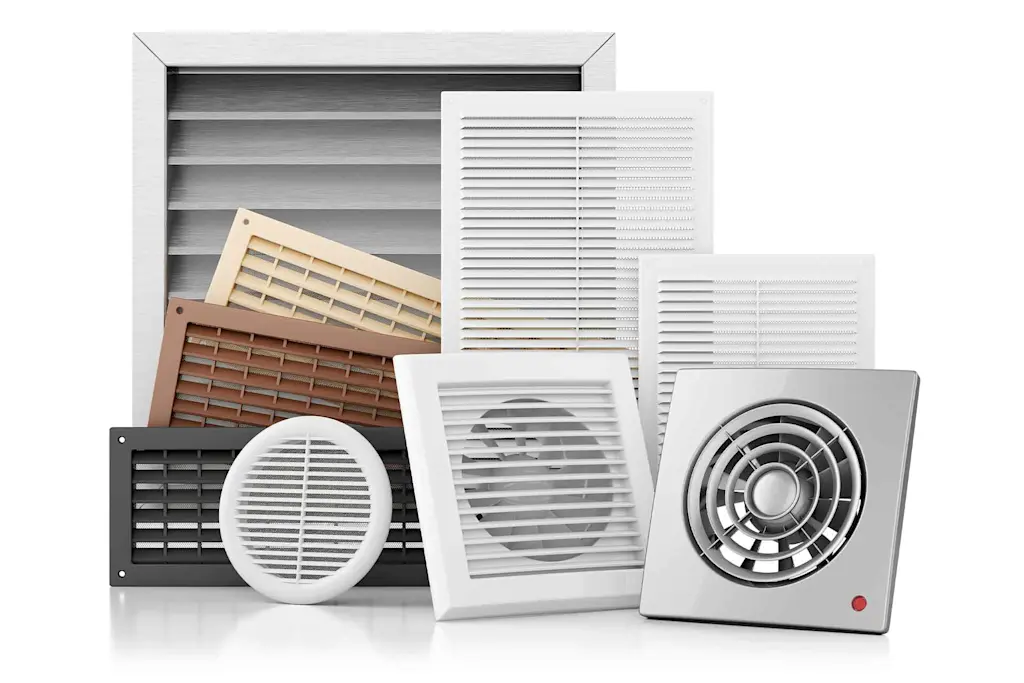
A bathroom extractor fan is an essential part of any well-ventilated bathroom.
Whether you're renovating your bathroom, tackling persistent damp, or trying to manage condensation in a windowless space, the right extractor fan can make all the difference.
Here, you'll find everything you need to know to help you confidently choose the best bathroom extractor fan for your home.
See the tradespeople we've checked and recommend for your job
The importance of extractor fans for bathrooms
Let's be honest, extractor fans aren't the most exciting commodity, but you'll be grateful you spent the time selecting the right one for your bathroom.
They help to improve bathroom ventilation - reducing odours and improving air quality
They also help to prevent bathroom condensation - which can lead to mould and damp, damaging your walls, ceilings, and fixtures
The humble extractor fan actually has a big role to play in keeping your bathroom clean, comfortable, and hygienic.
So let's take a look at the types of extractor fans available and what to look for to ensure you make the best selection for your bathroom.
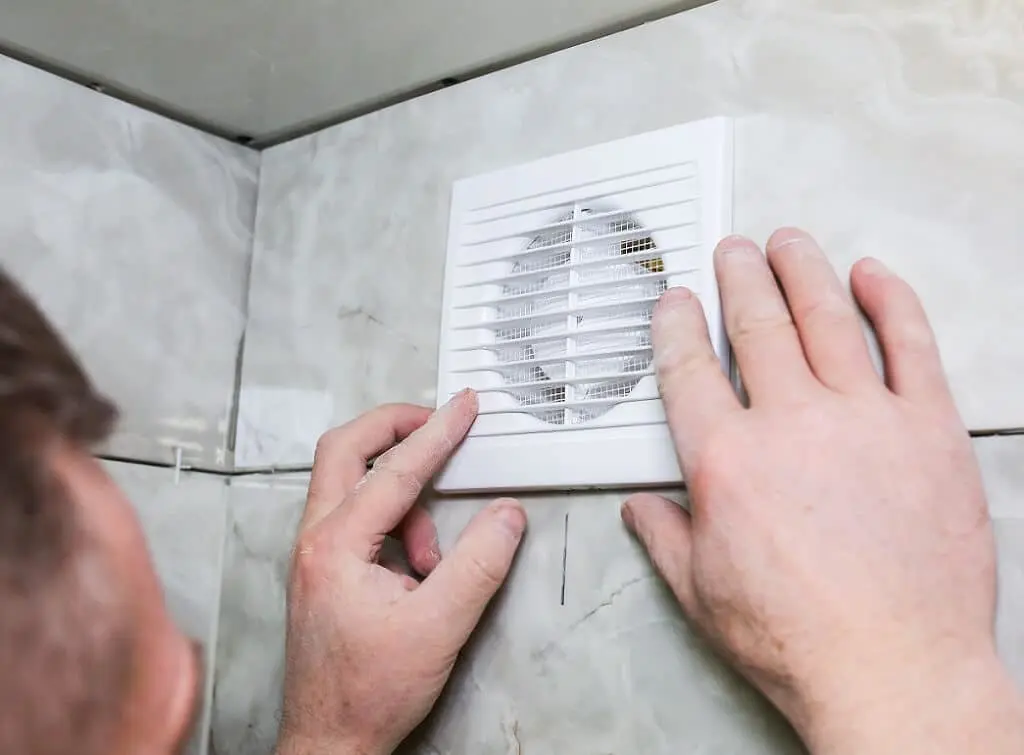
Types of extractor fan
There are three main types of extractor fans for bathrooms.
Axial bathroom extractor fans
Axial fans are the most common type of extractor fan installation in the UK
They're compact, easier to install, and budget-friendly
Ideal for smaller bathrooms with a short duct run (up to 2-3m) that vents directly through a wall or window
Centrifugal bathroom extractor fans
Centrifugal fans are more powerful and therefore well-suited to larger or poorly ventilated spaces
Ideal if your bathroom has a longer duct run, i.e. is more than 1.5m from an external wall, or needs a fan to vent through the ceiling
Due to the higher airflow performance, centrifugal fans can be noisier
Inline bathroom extractor fans
Inline fans are less common
They're normally installed in the loft space and are the preferred option for extra-long duct runs - for bathrooms that are at least 40m+ from the nearest external wall
Their higher extraction rate and more complex installation make them more expensive overall
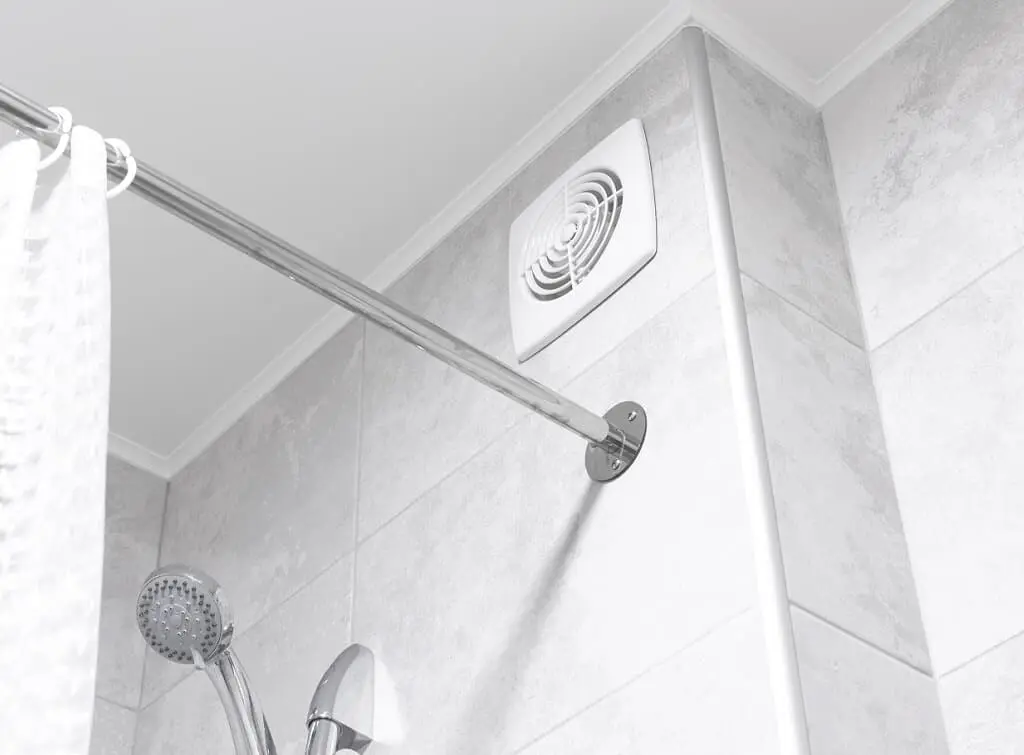
How to choose a bathroom extractor fan
It goes without saying, extractor fans that are adept at reducing moisture in bathrooms are going to be top of the wishlist for this particular purchase.
But what else should you look for when choosing the best bathroom extractor fan for your home?
Bathroom size, noise levels, cost, aesthetics, energy efficiency, safety, and performance are some of the key factors to consider.
1. Bathroom size and extraction rate
One of the most crucial parts of choosing the best bathroom extractor fan is making sure it's adequate for the size of your bathroom. So how powerful should a bathroom extractor fan be?
To ensure its effectiveness at removing moisture, aim for:
An extraction rate of 85m³/h for a smaller space such as an ensuite or shower room
An extraction rate of around 230m³/h for a larger, family bathroom
2. Noise levels
A quiet bathroom extractor fan is a good idea for ensuite bathrooms or family homes. As a general rule, axial fans are quieter than centrifugal fans.
It is possible to get super quiet extractor fans as low as 16 dB - perfect if you want to relax in the bath without disturbing sleeping children! However, anything under 30 dB is considered quiet.
3. Energy efficiency
Choosing energy efficient extractor fans can help to lower your electricity bills and reduce your carbon footprint.
Modern, eco-friendly fans will be labelled as such, making them easy to spot. Otherwise, look for units with:
Lower energy consumption: Fans tend to range from 5W to 35W
Timer controls: To set a timer to limit how long the fan runs for
Humidity sensors: A humidistat measures air humidity levels and turns the fan on when it's needed

On Checkatrade, you'll only find trades who meet our high standards and pass up to 12 checks.
4. Size and style
Size and style will impact how well your extractor fan functions and how it fits in your overall bathroom design.
Size: A 4-inch extractor fan is normally sufficient for a standard-sized bathroom (up to 9m²). A 6-inch extractor fan is typically needed for larger bathrooms or those that are used more frequently
Style: Decorative or designer fans are available, including sleek, minimalist options that blend seamlessly with your decor. Modern fans come in a selection of styles, so if white isn't your thing, there's the option of chrome, matte black, or even gold
5. Sensors and timers
A bathroom extractor fan can either be turned on and off manually via a pull cord or it can be wired to turn on and off alongside your light switch.
Some have sensors that automatically turn on when someone enters the bathroom, while others will do a similar thing via a humidistat when humidity reaches a pre-set level.
Meanwhile, timers help to ensure the fan has run for long enough to extract all the moist air even after the bathroom light has been switched off.
With so many options, you're sure to find a suitable solution to keep your bathroom condensation-free.
6. Safety
The IPX rating of an extractor fan is a crucial safety feature, especially in a bathroom, where water and electricity are in close proximity.
An IPX rating measures the fan's resistance to water and moisture ingress.
Extractor fans for bathrooms must have a minimum rating of IPX4, meaning they're splashproof and suitable for areas around showers and baths
Fans with a rating of IPX5 or higher offer added protection for very wet areas
7. Cost
With all these factors considered, as you might imagine, bathroom extractor fans can vary in price depending on the type and model you choose.
As a guide:
Bathroom extractor fans tend to range in price from between£60 - £90
On average, expect to pay in the region of £75
See the tradespeople we've checked and recommend for your job
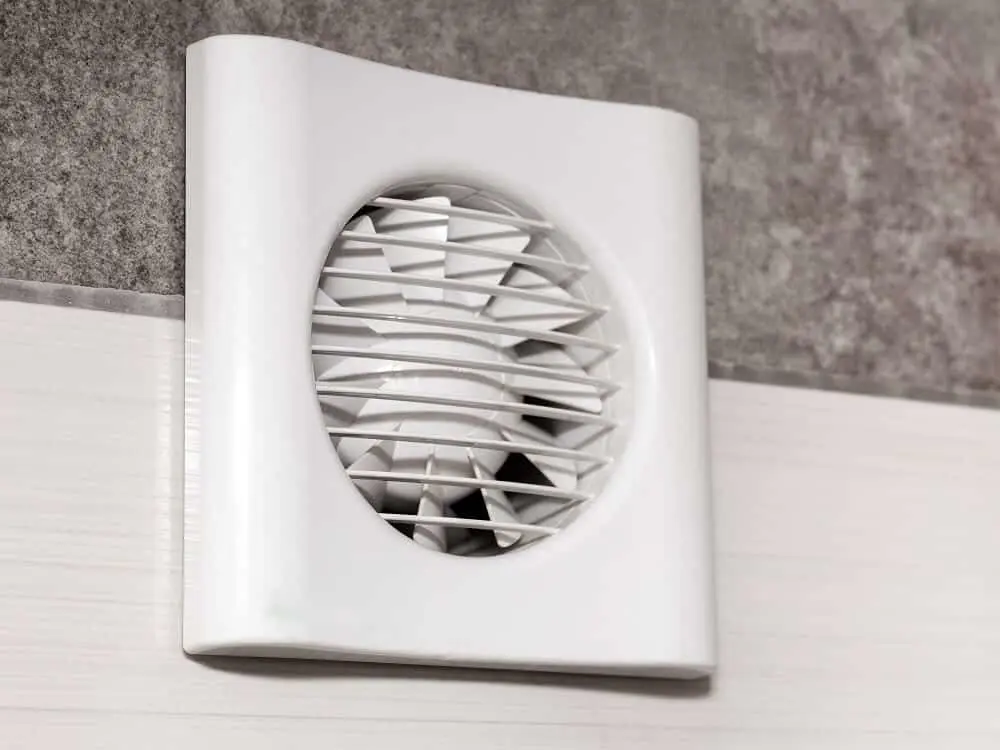
Extractor fan installation and running costs
Installation costs
In addition to the price of the unit itself, you'll need to budget for the cost of getting it installed.
Hiring a qualified electrician is recommended for safe and compliant extractor fan installation. In the UK, installation costs average around:
£125- the average cost to install areplacement bathroom extractor fan
£225- the average cost to install a bathroom extractor fan where there wasn't one previously
The additional cost for a brand new installation is due to the new ductwork and grille on the outside of the property. Whereas replacing an existing fan should be more straightforward.
In total, budget around:
£200- to supply and install areplacement bathroom extractor fan
£300- to supply and install a bathroom extractor fan where there wasn't one previously
Running costs
Many homeowners are also keen to understand running costs and whether bathroom extractor fans use much electricity.
Modern energy efficient extractor fans are economical to operate - leaving your fan on for longer doesn't guarantee better ventilation. Choose a model with sensors or run-on timers for maximum efficiency and therefore lower running costs.
Request a quote for your bathroom extractor fan installation
We always recommend hiring a qualified electrician to install your bathroom extractor fan to ensure safety and compliance. Get direct quotes from approved members in your area through our request a quote feature.
Contact or pay a trade through Checkatrade and you’re covered by our 12-month guarantee of up to £1,000*

Can we help you with anything else?
Planning a bathroom renovation?
If you're planning a bathroom renovation, you may find our bathroom lighting guide useful
We've also got you covered if you need help choosing a shower or radiators too
For help narrowing your style and design choices, take a look at our guide to bathroom trends and inspiration
Struggling with a mouldy bathroom ceiling?
If your main focus is damp prevention solutions and dealing with shower steam ventilation, have a read of our quick guide to preventing a mouldy bathroom ceiling.
To find the services of a trusted local tradesperson that we've checked and approved, simply search your postcode, below.
See the tradespeople we've checked and recommend for your job
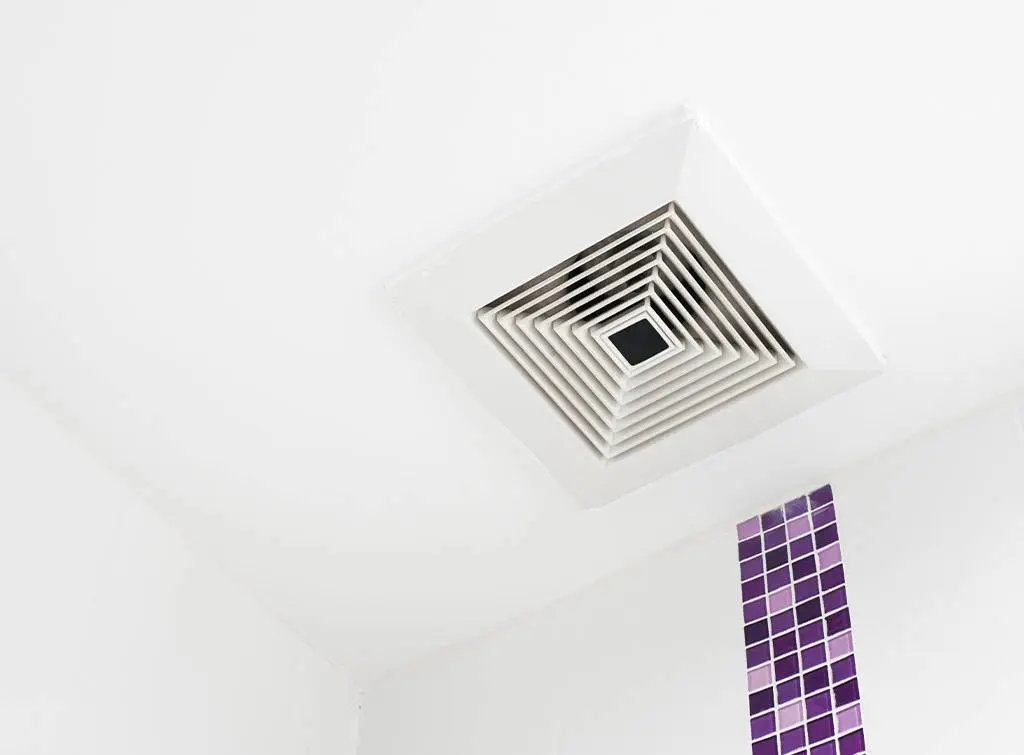
Key takeaways
There are three main types of bathroom extractor fan - axial being the most common in UK homes
The main factors to consider when choosing your extractor fan include your bathroom size, the extraction rate of the unit, noise, cost, IP rating, energy efficiency, and features such as sensors and timers
Always ensure you match the fan's extraction rate to your bathroom size
Consider a quiet bathroom extractor fan in a family home and features such as a humidistat and timers to suit the functionality you need
On average, a bathroom extractor fan costs around £75
Installation costs sit around £125 for a replacement fan, or around £225for a brand new installation (where there wasn't one previously)
In total, budget between £200and £300for the supply and installation of a bathroom extractor fan - depending on whether it's a replacement or new installation
Find a qualified electrician for your extractor fan installation
A qualified electrician will have the tools and experience to ensure safe and competent installation of your extractor fan.
Not only that, they will also know the building regulations for bathroom extractor fans, ensuring compliance with ventilation requirements.
Search your postcode to find quality tradespeople in your local area.
See the tradespeople we've checked and recommend for your job
FAQs
What is the best type of extractor fan for a bathroom?
Axial fans are best for smaller bathrooms with short duct runs, while centrifugal and inline fans are best suited to larger spaces or more complex installations.
Do I need a bathroom extractor fan if I have a window?
You don't need an extractor fan if your bathroom has an openable window. However, it's recommended to install an extractor fan as a more consistent method of ventilation. New builds require an extractor fan regardless of a window.
How do I calculate the right size extractor fan for my bathroom?
Calculate the volume of your bathroom in cubic metres. Do this by multiplying the length of the room by the width, by the height (L x W x H). For example, 3 x 2.5 x 2.4m = 24m³.
Multiply the volume by 4 to get the minimum extraction rate per hour (24 x 4 = 96m³/h).
However, you don't necessarily want your extractor fan running for an hour, so opt for a fan with a higher airflow so it can get the job done quicker. In this example, an extractor fan with an airflow of at least 250m³/h would be suitable.
Can an extractor fan stop mould in the bathroom?
As a means of mould prevention, fans are one of the best options for a bathroom. They provide a consistent and controlled method of removing moisture and stale air, significantly lowering the risk of mould and mildew.
What is the quietest bathroom extractor fan?
Fans rated under 30 dB are considered quiet. Look for models specifically designed with noise reduction in mind.
How much does it cost to install a bathroom extractor fan in the UK?
The average cost to supply and install a bathroom extractor fan is around £200. This is to replace an existing fan.
Are bathroom extractor fans energy efficient?
Modern fans with energy-saving features are highly efficient, costing very little to run.
What's the difference between axial and centrifugal fans?
Axial fans suit smaller bathrooms with short duct runs. Centrifugal fans are better for larger spaces or those with longer or more complex ventilation routes.
Can I install an extractor fan myself?
It's strongly recommended to hire a qualified electrician to install an extractor fan. They will ensure safe and competent installation in line with building regulation requirements for ventilation.
Why does my bathroom still have condensation after using an extractor fan?
It could be that the extractor is blocked, there's a problem with the ducting setup, or that the fan is not powerful enough for your needs.
Where's the best place to put an extractor in a bathroom?
The best place to fit a bathroom extractor fan is as near as possible to the source of the steam and moisture. Aiming for the space between the shower and the bathroom door is a good idea. Always ensure you have the correct IP rating for the bathroom zone where the fan is being installed. A qualified electrician will ensure safety and compliance.
Do extractor fans need to be cleaned?
Extractor fans for bathrooms need to be cleaned every 3-6 months to maintain efficiency and ensure proper airflow. Read our short guide on how to clean your extractor fan.
See the tradespeople we've checked and recommend for your job


